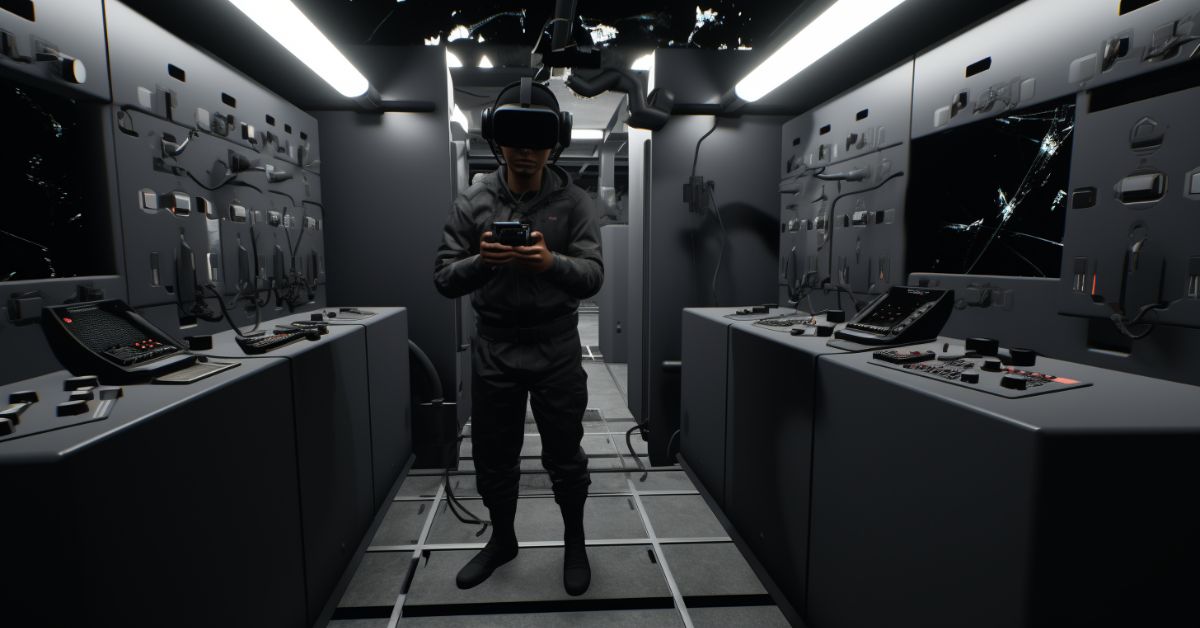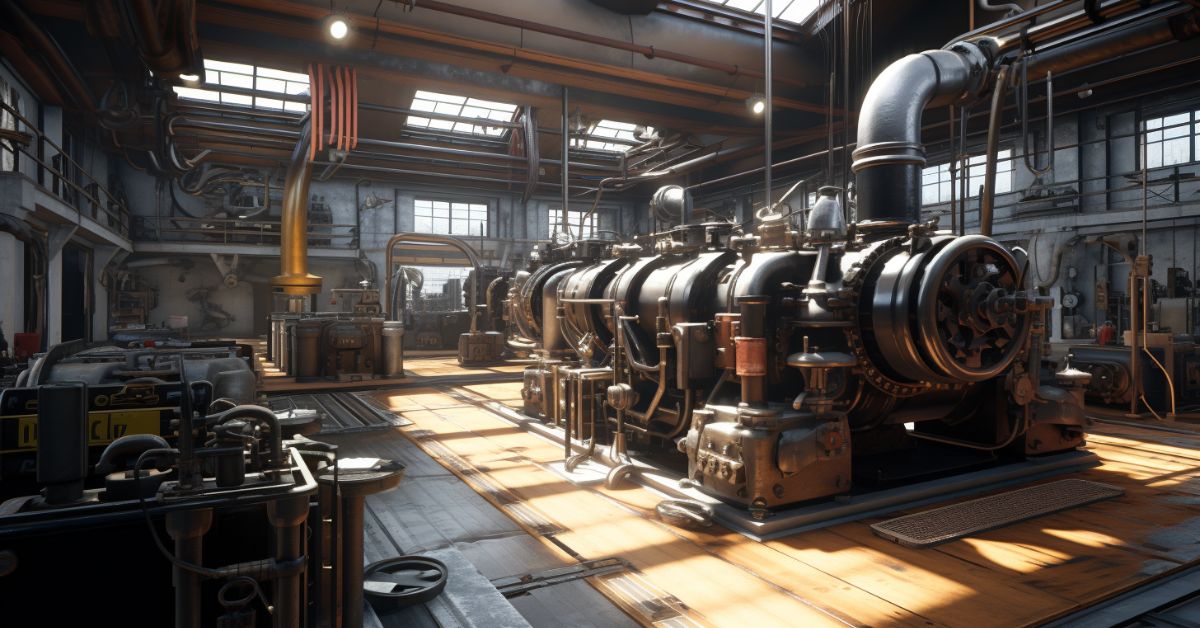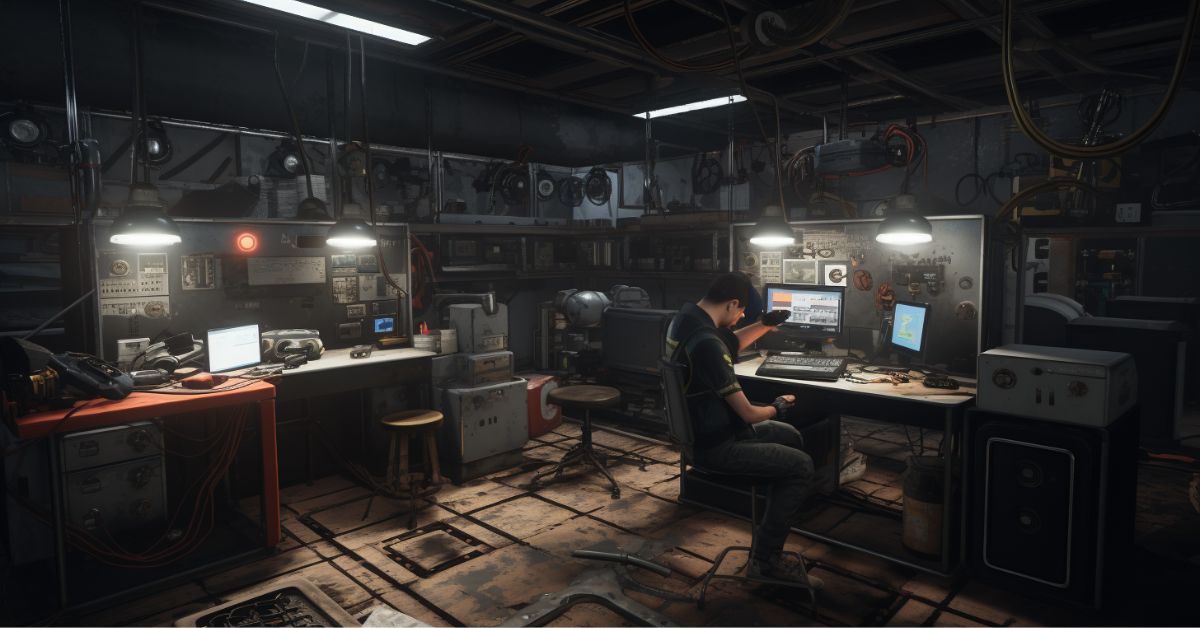DUBAI, UAE — The industrial metaverse, a convergence of the physical and digital worlds, is poised to revolutionize the industrial sector.
According to a recent report by Arthur D. Little (ADL), the Industrial Metaverse market is expected to grow from an estimated $100 billion to $150 billion to $400 billion by 2030, potentially exceeding $1 trillion.
The industrial metaverse integrates digital and physical processes in industries to improve productivity in design, production, and service delivery. It uses technologies such as virtual reality (VR) and augmented reality (AR) to create a simulated environment for industrial applications. The ultimate goal is to enable real-time cooperation, connectivity, and spatial awareness in industrial environments.
The applications of the industrial metaverse are vast, including training and onboarding, remote collaboration, product design and development, maintenance and repair, and safety. For example, it can create realistic training simulations for employees, improving safety and reducing costs. It can also enable remote collaboration between engineers and technicians, improving efficiency and productivity.

Despite widespread pessimism about the metaverse, ADL’s research shows that companies shouldn’t write it off. The ongoing convergence of technologies like AI, complex systems simulation, data visualization, and connectivity (IoT) means that executives may soon be able to use digital twins for much more than factory-level strategy simulation.
Complexity, uncertainty, and the difficulties of maintaining sustainability across global supply chains all contribute to the problem of making strategic decisions. Firms can benefit from building interconnected digital twins of entire industrial systems and supply networks to facilitate speedy “what-if” simulations for strategic decision-making.
When correctly applied, Industry 4.0 technologies have yielded substantial gains for businesses. According to the Arthur D. Little Operational Excellence Database, these advantages include a 15 to 30 percent reduction in operational capital deployed and supply chain expenditures, a 30 percent boost in production capacity utilization, and a 10 to 40 percent decrease in maintenance expenses.
However, digitalization still faces several widespread obstacles, such as high initial investment, difficulty coordinating the necessary cross-functional transformation, data security and management issues, a lack of accessible skills, and the constraints imposed by legacy IT systems.

ADL’s report provides a clear framework for understanding what the industrial metaverse entails regarding core technologies and features. It also shows businesses how to face obstacles to a full rollout. Reviewing their digitalization strategy, finding opportunities to provide value, testing theories with prototype projects, and constructing a network of collaborators are crucial.
The industrial metaverse is still in its infancy, but its potential to transform the industrial sector is undeniable. As technology continues to advance, the industrial metaverse will become an integral part of Industry 4.0, driving growth, managing sustainability impacts, and boosting global supply chain resilience.

